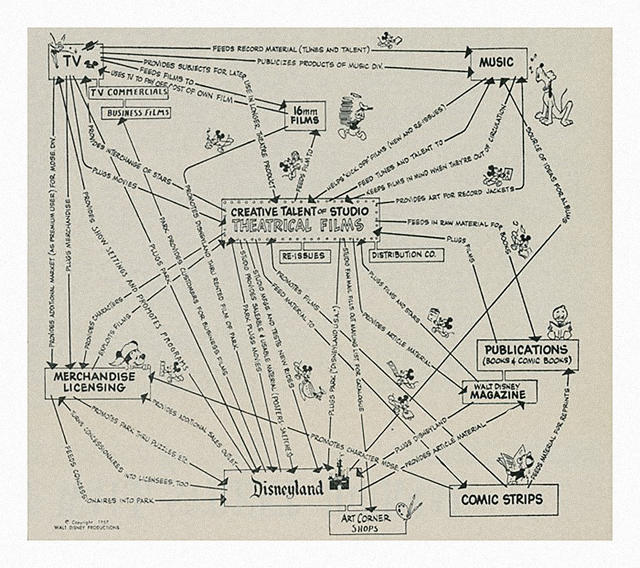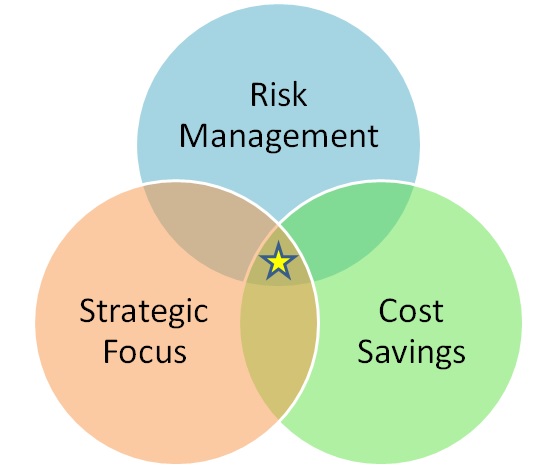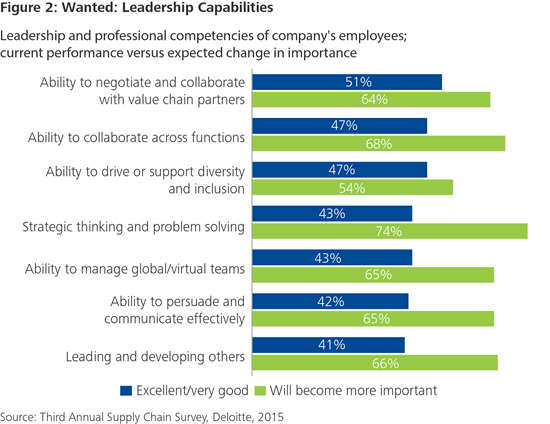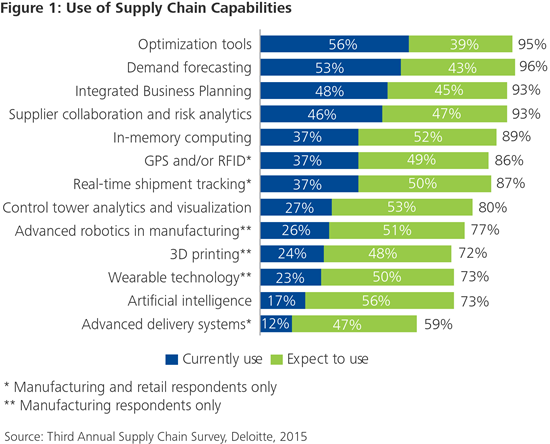
- Enterprises Don’t Have Big Data, They Just Have Bad Data
The truth is, most of them suffer from one of the old adages in computing: garbage in, garbage out. Not only do most of them actually not have Big Data in terms of data complexity or volume, but most of them actually have Crappy Data, and it’s probably hurting their business. According to Experian Data Quality, inaccurate data affects the bottom line of 88 percent of organizations and impacts up to 12 percent of revenues.
http://techcrunch.com/2015/07/01/enterprises-dont-have-big-data-they-just-have-bad-data/
- Procter & Gamble’s Futuristic Control Tower Environment
Another partner for the P&G Business Sphere solution is SAP. Perhaps not entirely coincidentally, SAP begun talking about their new supply chain control tower solution last year. Their control tower incorporates the idea of reacting to alerts with prebuilt playbooks that allow an organization to react quickly and with agility to unexpected situations. (See The New SAP Supply Chain Control Tower for a description of playbooks and their control tower solution stack).
- 6 Best Practices for Managing Unhappy Employees
If the issue stems from something within your company, gather as much information as you can before deciding how to act. But even if it’s a lifestyle factor influencing your employee’s behavior, don’t ignore it just because it comes from outside your four walls. Use it as an opportunity to show them that they’re more than just a name on an HR folder. Offering assistance, whether through a formal employee assistance program or other means, will build their loyalty to your company.
- The Hidden Cost of a Summer Slump
“Satisfied and engaged employees are less likely to abuse the company’s sick policy,” he says. But it’s not enough to just do a head count. Schwarz says managers should compare absenteeism between different teams, departments, locations, and performance levels to determine whether there are more people taking leave during the summer months. Then, he recommends looking to see if one manager has a larger degree of absenteeism than another.
- The Secret To Walt Disney’s Corporate Strategy
Hint: It is a massive feedback loop…

http://www.fastcodesign.com/3048046/infographic-of-the-day/the-secret-to-walt-disneys-corporate-strategy?partner=rss







